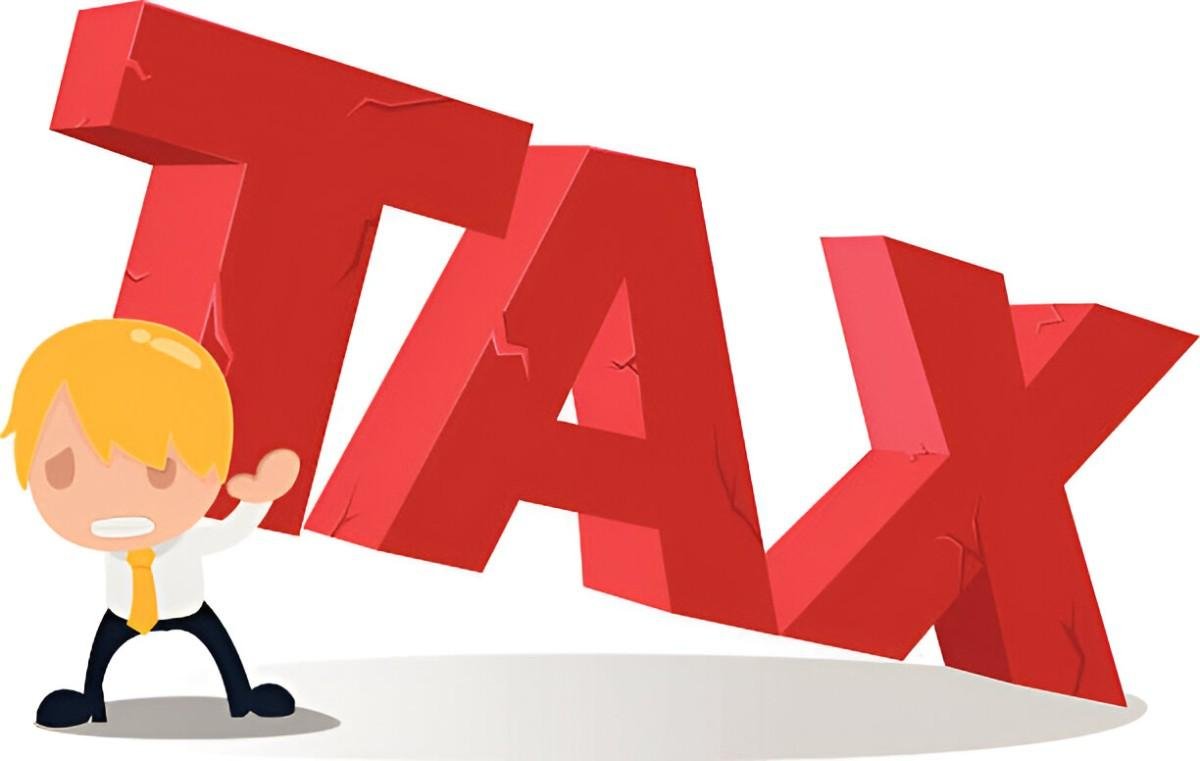Mutual funds offer professional management and diversification, but many investors discover too late that their tax bills erase much of the benefit. The structural problems with mutual fund taxation create what I call a “silent performance drag” that can cost investors thousands over time. Here’s why this happens and how to mitigate it.
Table of Contents
The Core Problem: Pass-Through Taxation
Unlike ETFs or individual stocks, mutual funds must distribute nearly all capital gains to shareholders annually—whether you sold shares or not. This creates several unique tax headaches:
- No Control Over Tax Timing
- Funds distribute gains from manager’s trades
- You owe taxes even if holding loses value
- Example: $10,000 investment receives $500 capital gain distribution → $75-$200 tax bill (15-20% rate)
- Buying Into Tax Liabilities
\text{Effective Tax Cost} = \frac{\text{Accumulated Gains}}{\text{NAV}} \times \text{Tax Rate}
- Purchasing late in year means paying taxes on gains you didn’t benefit from
The Math Behind the Tax Drag
Let’s compare two $100,000 investments over 20 years:
| Fund Characteristic | Tax-Inefficient Fund | Tax-Efficient Fund |
|---|---|---|
| Annual Return | 7% | 7% |
| Turnover Rate | 80% | 20% |
| Annual Tax Drag | 1.2% | 0.4% |
| After-Tax Value | $264,000 | $320,000 |
The difference? $56,000 lost to unnecessary taxes.
Structural Flaws in Mutual Fund Taxation
1. The Capital Gains Distribution Problem
Active funds must sell holdings to meet redemptions, triggering taxable events:
- 2022: 73% of active U.S. equity funds distributed capital gains
- Average distribution: 8.2% of NAV
- Worst offenders: Small-cap funds (12-15% distributions common)
2. The Phantom Income Trap
You owe taxes on distributions even if:
- Reinvesting dividends
- Holding shares short-term
- Fund lost money that year
3. The Turnover-Tax Vortex
Higher turnover directly increases tax burden:
\text{Tax Cost} = 0.35\% \times \text{Turnover Ratio} \times \text{Capital Gains Rate}
A fund with 100% turnover could lose 0.7-1.4% annually to taxes.
Comparative Tax Efficiency
| Investment Type | Tax Efficiency Score* |
|---|---|
| Index Mutual Fund | 85/100 |
| Active Mutual Fund | 45/100 |
| ETF | 95/100 |
| Individual Stocks | 100/100 |
*Based on potential for unnecessary capital gains
Solutions for Tax-Conscious Investors
- Hold Funds in Retirement Accounts
- IRAs/401(k)s defer taxes on distributions
- Roth accounts eliminate future tax liability
- Choose Low-Turnover Funds
- Index funds average 5-15% turnover vs. 50-100% for active
- Look for “tax-managed” in prospectus
- Tax Loss Harvesting
Offset gains with strategic sales of losing positions:
Consider ETF Alternatives
- Creation/redemption process minimizes capital gains
- More control over tax timing
The Future of Fund Taxation
Recent developments show promise:
- More “tax-aware” active funds
- SEC proposals for better distribution disclosures
- Growth of direct indexing solutions
But until Congress reforms the Investment Company Act of 1940, mutual funds will remain structurally tax-disadvantaged versus other vehicles. Smart investors plan accordingly.





